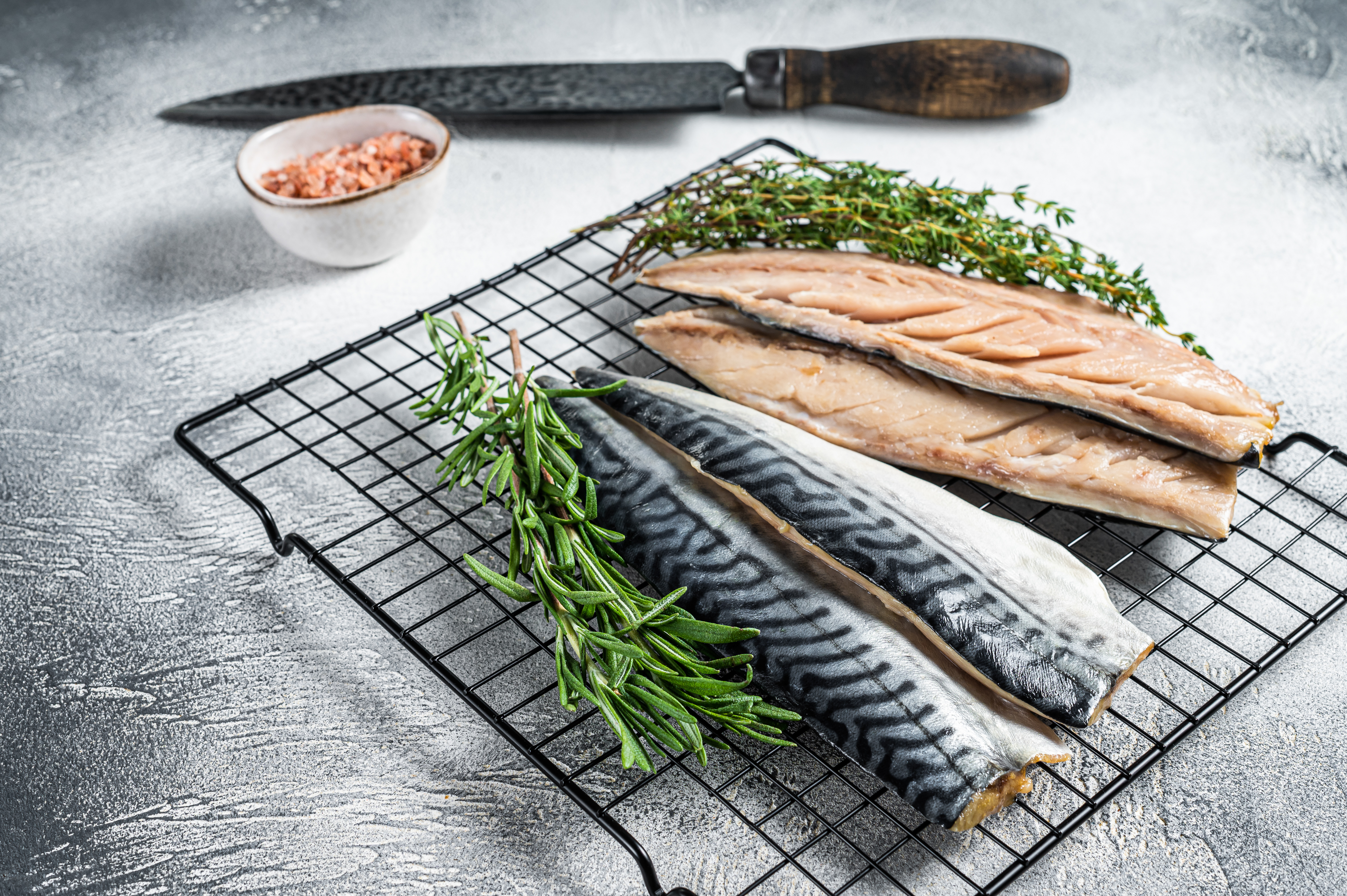10 Lip-Smacking Ways to Munch Your Way to Lower Cholesterol Levels
5. Avoid Added Sugars

To lower cholesterol, it is important to avoid added sugars. A recent study conducted in Atlanta followed more than six thousand adults over seven years. The study concluded the consumption of added sugars increases levels of low-density lipoprotein cholesterol and triglycerides while lowering high-density lipoprotein cholesterol. Added sugars are any sugars not found naturally in fruit or milk. Candy, soda, and baked goods are primary sources of added sugars, and they are also hidden in foods such as ketchup, crackers, yogurt, and granola bars. Current guidelines suggest patients should limit their daily intake of added sugar to no more than six teaspoons (one hundred calories) for women and nine teaspoons (150 calories) for men. Keeping a food journal can help with tracking sugar intake, and many apps will now calculate this automatically.
6. Embrace Fatty Fish: The Omega-3 Powerhouse

While nuts offer healthy fats, certain fatty fish are unparalleled in their direct impact on cholesterol. The ingenious secret lies in their abundant Omega-3 fatty acids (EPA and DHA), which don't just lower triglycerides but can subtly improve HDL (good) cholesterol and reduce inflammation that contributes to plaque buildup. Aim for two servings per week of salmon, mackerel, sardines, or albacore tuna. This isn't about bland fish; these are flavorful options that can be grilled, baked, or pan-seared with herbs, transforming your meal into a delicious, heart-protective intervention.
